US warns China against further retaliation as tariff war escalates
- Update Time : Sunday, April 13, 2025
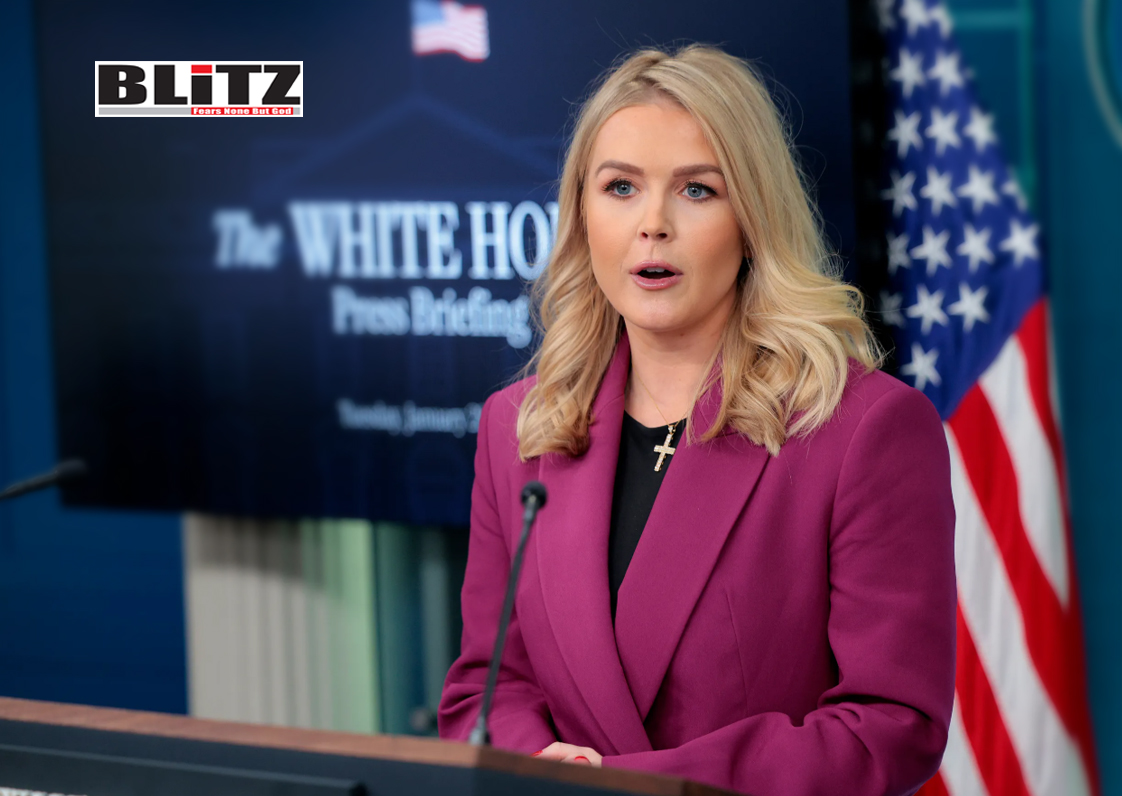
The already strained trade relationship between the United States and China is nearing a critical breaking point as the White House warns Beijing against further retaliation amid intensifying tariff measures. In a press briefing held on April 11, White House Press Secretary Caroline Leavitt issued a stern caution to China, emphasizing that additional tariff responses from Beijing would be “not good for China,” and suggesting that Washington holds the upper hand in the economic standoff.
Leavitt’s comments came just days after US President Donald Trump implemented sweeping new trade tariffs, including a universal 10% tariff on all imports and even higher “reciprocal” tariffs on specific nations. While over 75 countries have reportedly engaged in trade negotiations with the US in response to the new policy, China was notably excluded from the 90-day reprieve that Washington offered to several others. Instead, the tariff rate on Chinese goods was hiked to a staggering 145%, prompting an immediate and fierce response from Beijing.
China retaliated by slapping a 125% tariff on US goods entering the country. In its official statement, the Chinese government denounced Washington’s policy as “economic bullying” and warned that if the US continued escalating trade tensions, it risked becoming a “joke” in the annals of global economic history.
Despite the heated rhetoric from Beijing, Leavitt downplayed China’s countermeasures, suggesting they were both ineffective and shortsighted. “The phones have been ringing off the hook to make deals,” Leavitt told reporters, highlighting that many countries have chosen negotiation over confrontation. “These countries wisely heeded President Trump’s warning not to retaliate… and were rewarded with a 90-day pause and substantially lower reciprocal tariff rates,” she added.
The Biden-era trade strategy had generally favored multilateralism and diplomatic dialogue, but Trump’s return to power in 2024 has heralded a renewed embrace of unilateral economic measures, especially against America’s largest trading partner. The new tariff regime, according to the Trump administration, is aimed at revitalizing domestic manufacturing, curbing America’s long-standing trade deficit, and addressing unfair trade practices – all key pillars of Trump’s economic agenda.
When pressed further about the situation with China, Leavitt made clear that the Trump administration sees no need to alter course. “The tariff rate on China remains where it was yesterday at the 145 percent level,” she said firmly, reiterating the president’s readiness to escalate the conflict if needed. “When the United States is punched, he will punch back harder,” she declared.
Interestingly, Chinese officials have signaled that their latest round of tariff hikes may be the final salvo in the current escalation, noting that further increases may not be economically viable. While some analysts interpret this as a de-escalation tactic, others suggest Beijing may be seeking to reposition itself diplomatically amid mounting global economic pressure.
Leavitt, however, interpreted China’s hesitation as a win for Trump’s hardline approach. She emphasized that while Washington remains open to dialogue, any future cooperation would need to be on American terms. “President Trump would be gracious if China intends to make a deal with the United States,” she noted, but also warned, “If China continues to retaliate, it’s not good for China.”
Critics, both domestic and international, have voiced concern over the rapid escalation and its potential fallout. Some economists argue that the tit-for-tat tariff war could severely impact global supply chains and hurt consumers on both sides. Higher import costs, they argue, may translate into inflationary pressure within the US, while Chinese exporters face declining revenues and market uncertainty.
However, Leavitt dismissed these criticisms, claiming that Trump’s aggressive trade policy is long overdue and widely supported across the political spectrum. “Trump is finally taking bold and courageous action,” she asserted. “Both Democrats and Republicans have talked tough on China for years, but no other president had the courage, the work ethic, or the stamina to take on such a task.”
Indeed, Trump’s stance on China has long been a centerpiece of his political brand, dating back to his first term in office. By reintroducing punitive tariffs and championing an “America First” trade policy, Trump aims to rally his domestic base while also attempting to force structural economic changes in China – such as stronger protections for intellectual property, greater transparency in currency manipulation, and fairer market access for foreign businesses.
Yet, the effectiveness of tariffs as a long-term strategic tool remains a subject of fierce debate. While tariffs can act as a blunt instrument to extract concessions, they often provoke equal and opposite reactions – a fact that is playing out in real time with China’s countermeasures. Moreover, such policies risk straining ties with allies who may be caught in the economic crossfire.
Even as the Trump administration touts progress in trade negotiations with over 75 countries, there are signs of growing unease among some business leaders and agricultural sectors. US farmers, in particular, have been hit hard in previous trade spats with China, which traditionally imports large quantities of American soybeans, pork, and corn. With Chinese tariffs now targeting many of these products, rural economies could once again face turbulence.
Nevertheless, the Trump administration appears undeterred, framing the conflict as a necessary and patriotic struggle. “This is about fairness, national strength, and economic sovereignty,” Leavitt declared, summarizing the administration’s message.
For now, both Washington and Beijing appear locked in a high-stakes standoff, with neither side willing to blink. Whether this confrontation ultimately results in a breakthrough deal or spirals into a prolonged economic conflict will depend largely on the next moves taken by both capitals. But one thing is certain: the age of strategic economic ambiguity is over – and the era of direct confrontation has firmly arrived.


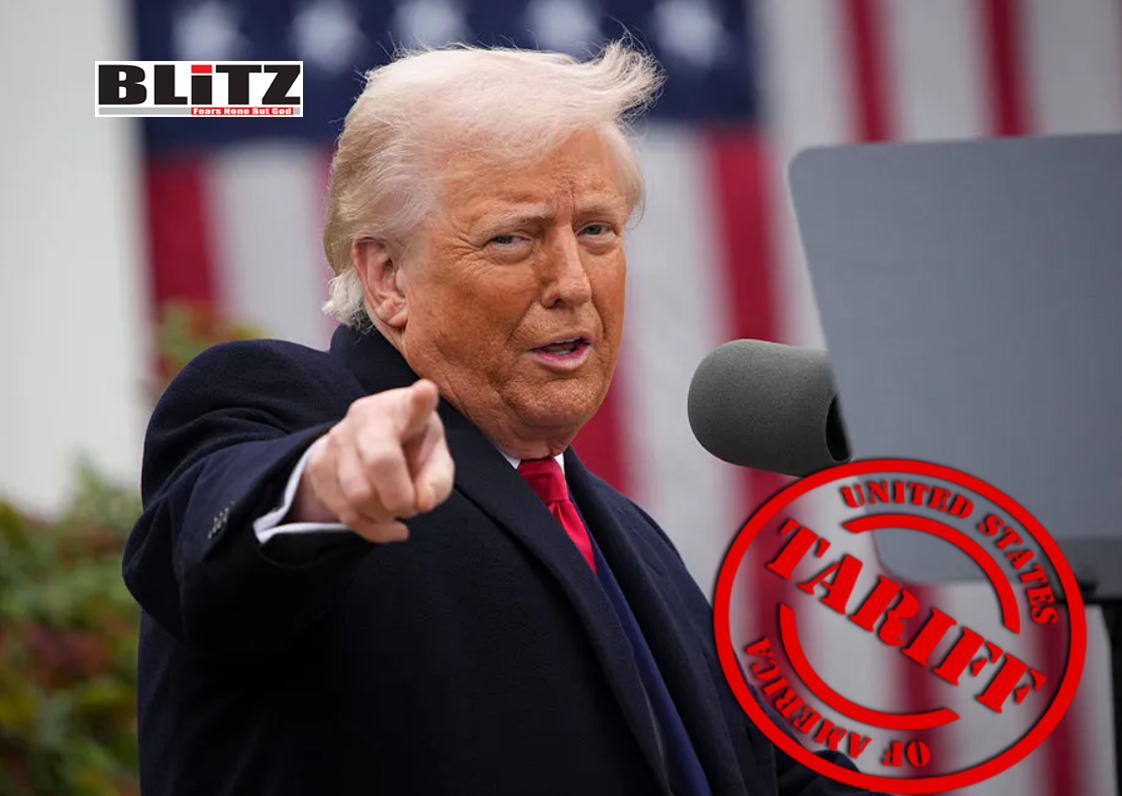



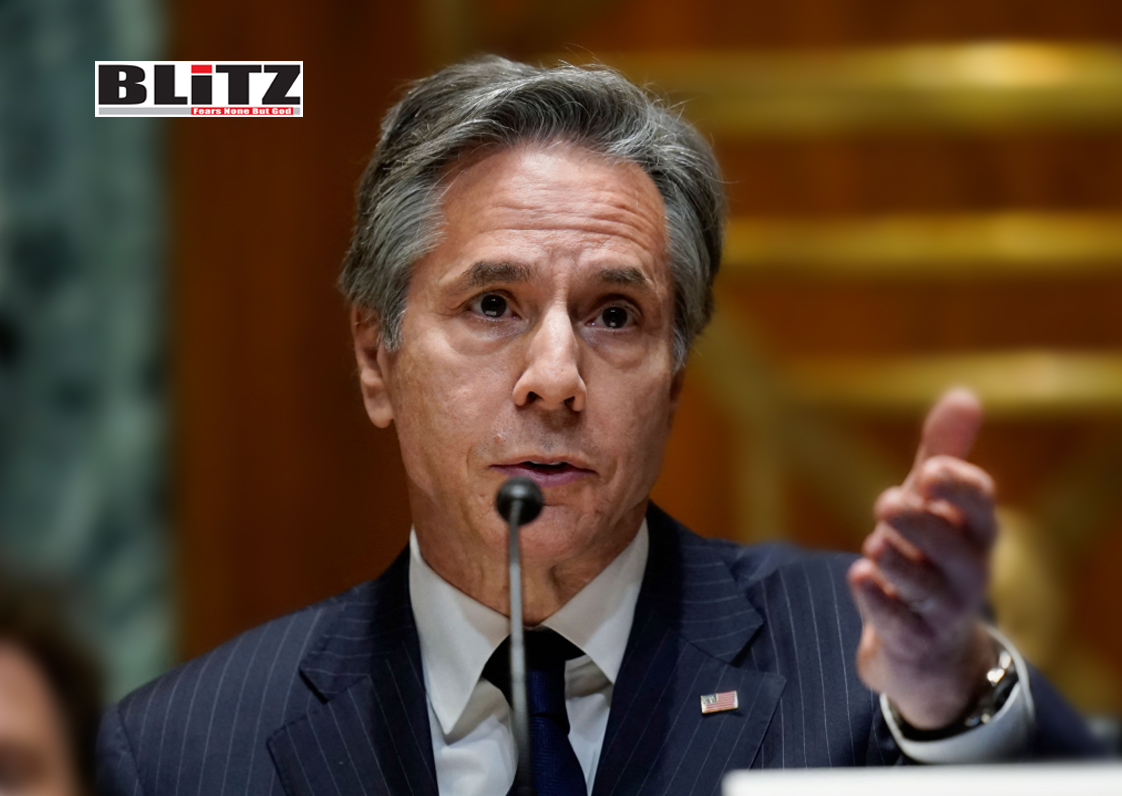
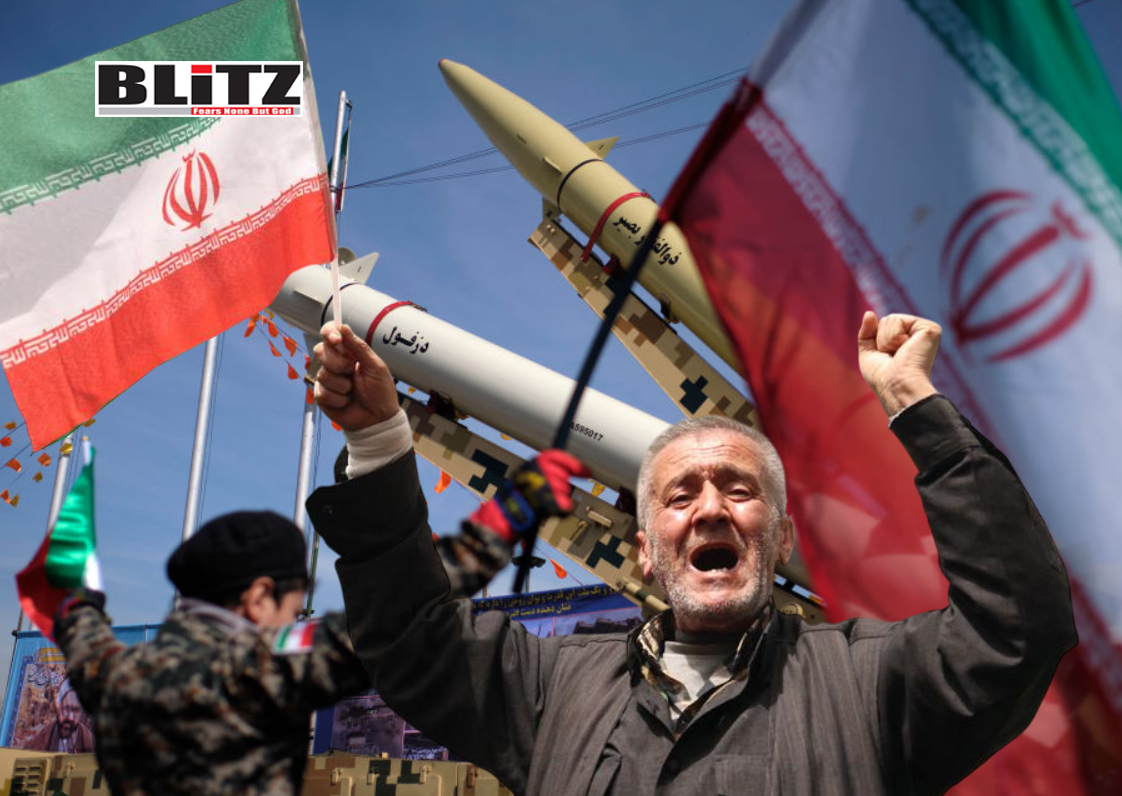
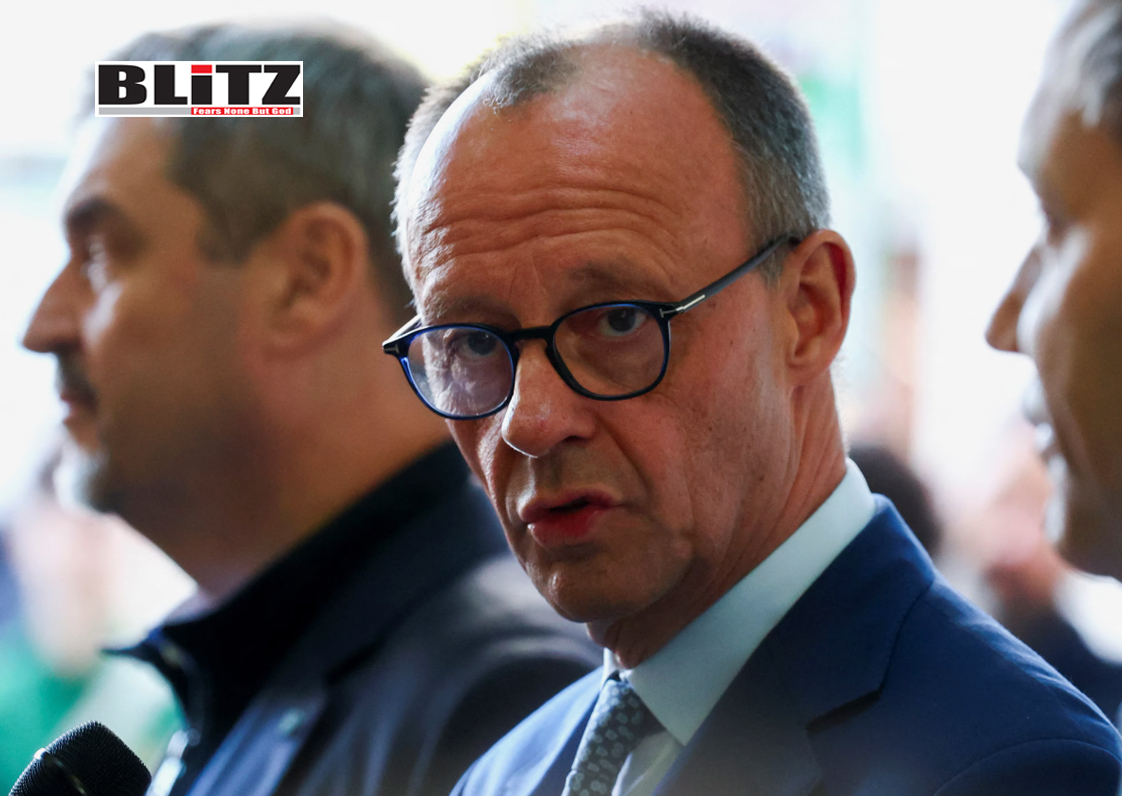
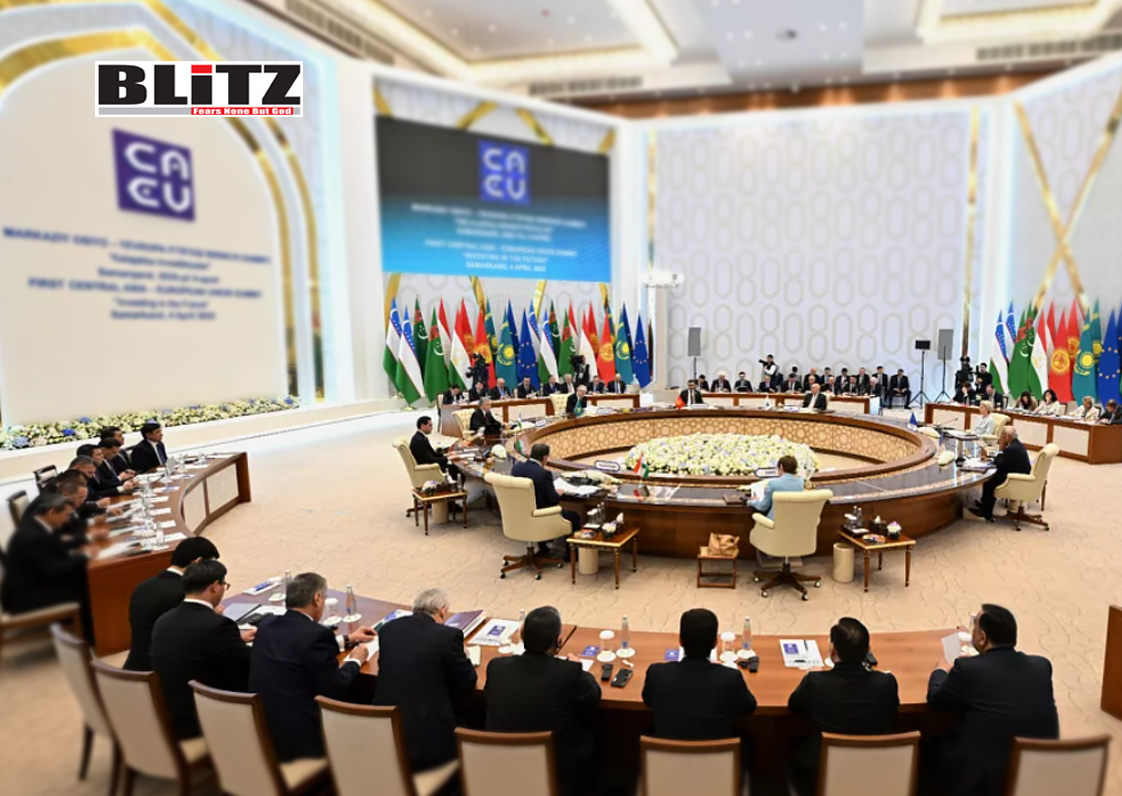
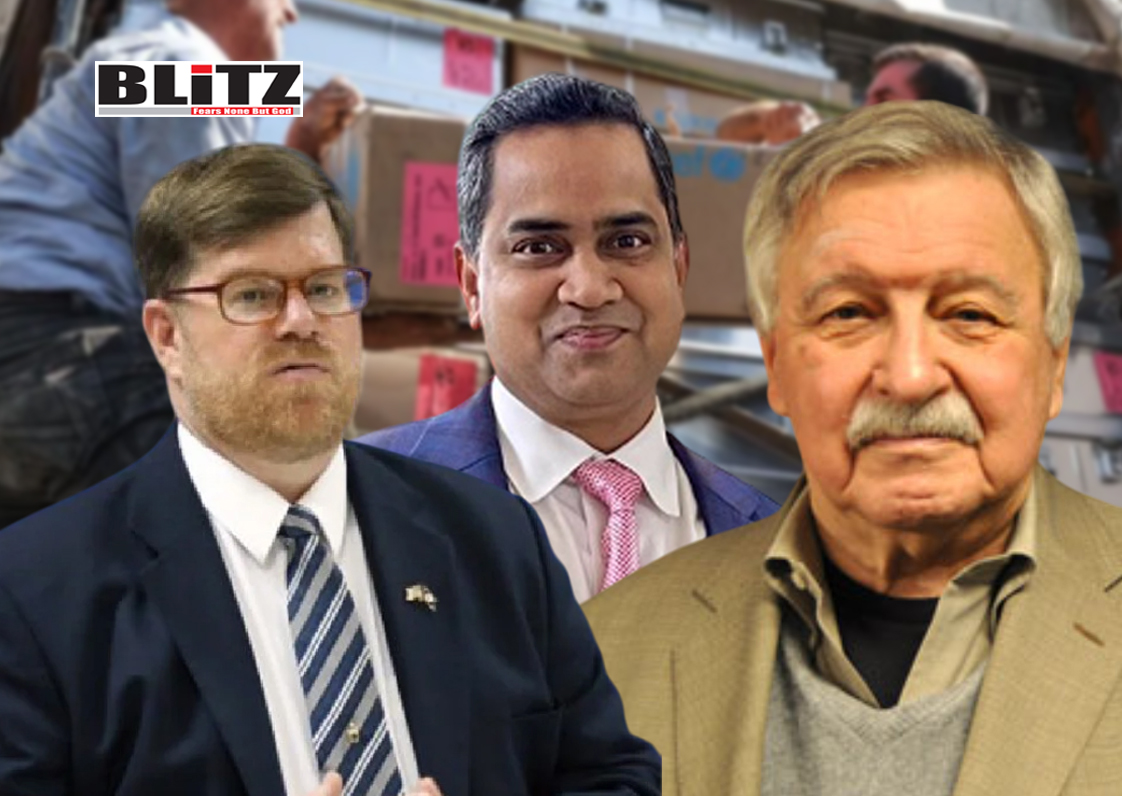
Leave a Reply